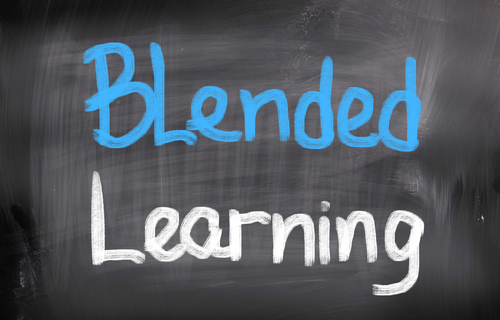 |
The most effective safety training method has long been a subject of debate. Is classroom training best? On-the-job learning? Computer-based training? A new white paper from the American Red Cross makes the case for a blended approach that combines online scenario-based simulation learning with in-person classroom training.
This blended approach is represented in a new training offering from the Red Cross. The organization is launching an interactive, scenario-based online simulation training tool designed to complement traditional classroom instruction on subjects such as CPR and first aid.
According to the white paper, titled Virtual Simulation Learning and Real-World Benefits, in addition to practical advantages such as consistency of content, cost savings, and ease of tracking learner progress, adding online simulation learning to classroom training offers four important benefits:
What is the most effective and cost-efficient way to provide safety training for your workforce? Try a demo of BLR’s remarkable TrainingToday® at no cost or obligation.
1. A safe environment in which to engage with course material. Simulations offer trainees the chance to practice skills without the potential for negative consequences for mistakes. By practicing decision making and reinforcing knowledge in this safe environment, trainees gain the confidence to apply the skills and knowledge in the real world.
2. The opportunity to explore realistic emergency scenarios. According to the white paper, studies indicate that trainees feel better prepared to respond to real-life emergencies when training simulations offer high “psychological fidelity” or “the match between the trainee’s performance in the simulator and the real world.” In other words, exploring realistic interactive scenarios gives trainees greater confidence that the training will prepare them for real-world situations.
3. An interactive digital platform that can be more engaging and effective than classroom training alone. Digital tools can reach a wider variety of learning styles than classroom training by itself. In addition, the use of game-based elements can keep the content interesting and increase trainees’ emotional connection to the subject matter, which has been shown to help learners retain knowledge more effectively.
4. A tool that helps learners practice, develop knowledge, and build confidence to act appropriately in real-world situations. Well-designed simulations can help learners develop the critical-thinking skills to respond correctly in real-world emergency situations. By allowing for more individual practice than classroom training alone, simulation learning allows trainees to reinforce their knowledge and can help create the kind of “automatic memory” that allows training concepts to be applied in the real world.
Try a demo of BLR’s remarkable award-winning TrainingToday® at no cost or obligation. This includes the Workplace Safety Library. Get the details.
The Red Cross emphasizes that the online training tools are not intended to replace classroom instruction. For many subjects, such as first aid and CPR, hands-on practice is essential to acquiring the skills to provide assistance during an emergency. However, the online tools allow trainees to reinforce the classroom content at their own pace and develop the critical thinking and decision-making skills required to respond during an emergency situation.
To learn more about training offerings from the Red Cross, visit www.redcross.org.
